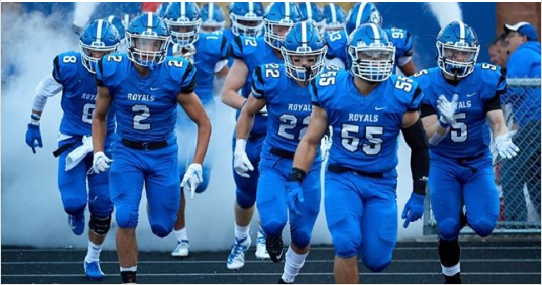
By Steve Cerro, WSI Risk Control Coordinator
Why are we talking about this? Doesn’t it mostly only happen in college? Sure, most hazing does seem to occur related to the higher ed environment, particularly with fraternities and sororities, and athletics. Between 2007 and 2017 there were 40 deaths from hazing, nationwide. Another occurred at Cornell University in 2019. The most recent publicized incident was last Friday, March 5th, involving the hazing death of a student at Bowling Green State University and another a little over two weeks ago at Virginia Commonwealth University. Furthermore, we know that 1.5 million high school students are hazed each year; 47 percent of students come to college already having experienced hazing. *1
Hazing involves intimidation as a misled effort to build identity and solidarity in a group. We also find that students hazed in middle or high school are vulnerable to hazing in higher education. *2
The average age of a person hazed in high school is 15. Kids in multiple groups are known to experience multiple incidents of hazing. Males tend to both haze and be hazed more frequently than females, but females also have reported such behavior. Students with lower grade-point averages are more likely to be hazed. In secondary school, hazing is most common among athletic groups, and we know that approximately 24% of those involved with church-related clubs also have reported being hazed. *1
Participants and the public often defend hazing, saying it is not harmful and is an important tradition. It is both psychologically and often physically harmful.
We encourage schools to have and communicate a policy against hazing as they do against bullying and harassment. Furthermore, we recommend anti-Hazing policies for any school districts with middle and high schools that have athletics, teams, clubs, and/or other student organizations. In addition, you can refer to our WSI Publication on Anonymous Tip Lines on our website and anyone can call 911, contact their campus or school security office, their organization’s headquarters, or other state or local designated reporting authority.
*1. Hazing in View: College Students at Risk, Initial Findings from the National Study of Student Hazing, MARCH 11, 2008 Elizabeth J. Allan, Ph.D., Associate Professor & Mary Madden, Ph.D., Associate Professor University of Maine College of Education and Human Development
*2. Research on hazing in collegiate athletics (Alfred University, 1999, p. 8), 42 percent of the athletes hazed in college were also hazed in high school and 5 percent said they were hazed in middle school.
3. Ref.: Hazing.org
4. Sample anti-Hazing Policy Statement: ____________________________School as part of the local community standards effort is promoting healthy, safe, and balanced lifestyles. Student organizations and athletic teams can play a vital role in this process and can provide transformative opportunities for friendship, leadership, and personal growth and discovery. Hazing of any kind is antithetical to these goals; therefore, the School prohibits hazing activities, whether by an individual or an organization. Anyone, including teachers and staff who have witnessed hazing or have suspicions that someone has been hazed, has a responsibility to report actual or suspected hazing to their supervisor. Investigations that yield evidence of hazing will then result in appropriate disciplinary action against the individuals and/or organizations deemed responsible for the hazing.
To download the PDF version of this article, click here.
